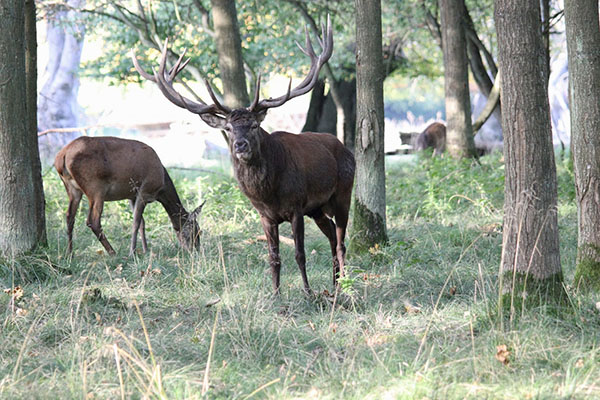A look at what our earliest ancestors ate – evidence suggests it wasn’t all berries and mammoth steaks, but some rather more refined flavours.
It is commonly thought that there is very little evidence available on the subject of Neolithic food. However – there is plenty. The preserved settlements at Skara Brae (Orkney), for example shine light onto how our Prehistoric ancestors lived, and the types of foods they ate. Discarded bones, shells and some evidence of processed food survive from the communities set up by these people.
Here is a look at the food eaten by Prehistoric people, most commonly during the Neolithic Age which dates to around 3500-3000BC.
Prehistoric People ate Food that was Readily Available
It is important to note that food during the Neolithic period was nothing like it is today. The climate was different and the choice and range of foods was highly limited. In the book Prehistoric Cookery by Jane Renfrew, it is stated that there were no oranges, spices, lemons or grapes available to Prehistoric cooks. Also not in existence was vinegar, olive oil, onions, tomatoes, potatoes and cornflour.
Instead, people foraged for wild leaves and berries and ate fish, seafood and red meats such as deer and oxen. What people ate was determined by their position in the landscape. If people lived by the sea, they ate shellfish – as the large piles of discarded mussel, oyster, winkle and limpet shells reveal, as well as some sea birds. In Northton, Harris, there is evidence that people ate sea urchins. At Skara Brae, archaeologists found pots of ground fish bones, suggesting that this was used as a famine food.
If people lived inland, they would hunt for ox, wild pig, deer, wolf, hedgehog and badger. Near rivers, larger fish such as salmon and pike were caught using spears, while smaller fish such as trout were captured in nets. Hooks used in fishing did not develop until years later.
Prehistoric Cooks did not Waste Food
Because of the uncertainty of where food was going to come from, particularly in times of famine or drought, there is evidence that Prehistoric people did not waste any food resources. The possible use of ground fish bones for a famine food has been suggested. Jane Renfrew also indicates that beached whales could have been a good source of food, fuel and clothing.
She states that In 1555 Olaus Magnus wrote that a single beached whale could fill 250-300 wagons of food and fuel and contain enough hide to clothe 40 men. She also goes on to suggest that, for any animal that was caught, as much of it was eaten as possible. Intestines could be turned into a casing to boil meat (an early type of sausage), and brains, marrow and feet were most likely eaten.
Cooking materials found from the period are simple and food was either boiled or grilled. There were no ovens so baking was impossible. Once people started working with metal and made utensils from copper, bronze and then iron, cauldrons and buckets could then be used to make food.
Although there is a lack of written evidence on the Neolithic period, advances in archaeology and the preservation of sites such as Skara Brae can give some clue as to the food eaten by Prehistoric settlers. This was, as suggested by Jane Renfrew, more varied than many believe.
Source:
- Renfrew, Jane Prehistoric Cookery, People and History, Published by English Heritage, London (2005). ISBN 1850749345








